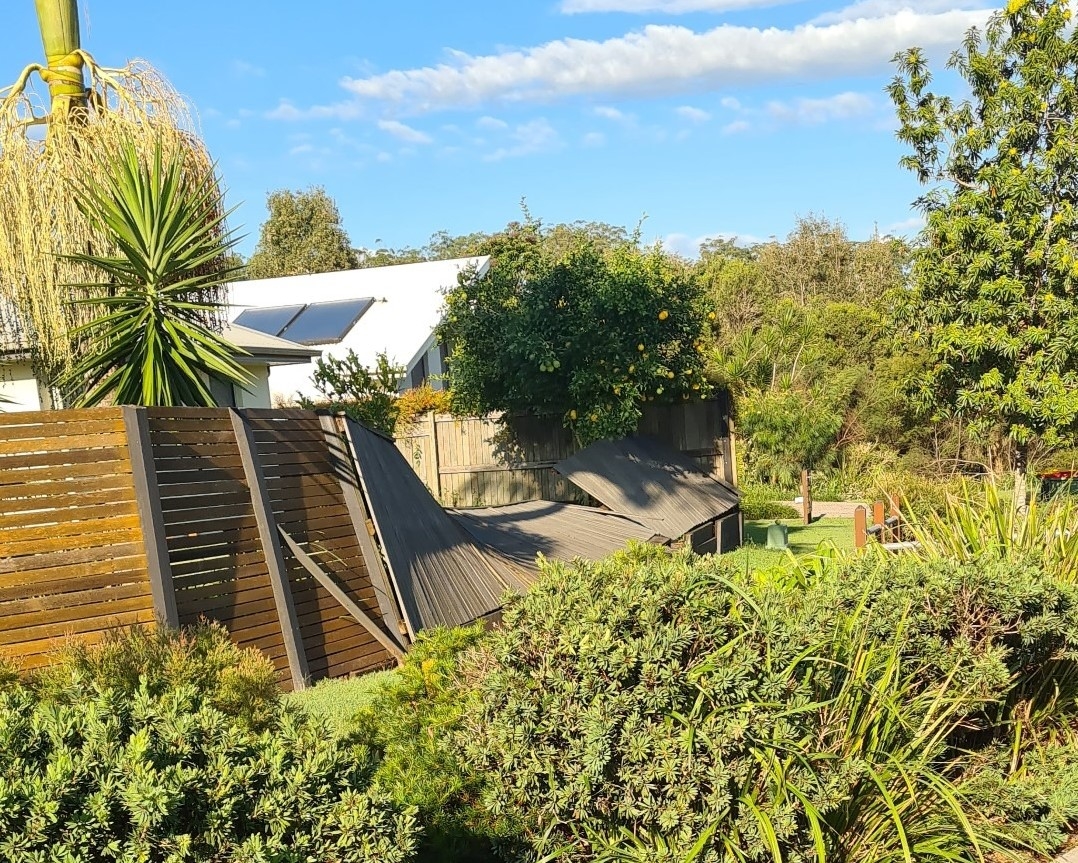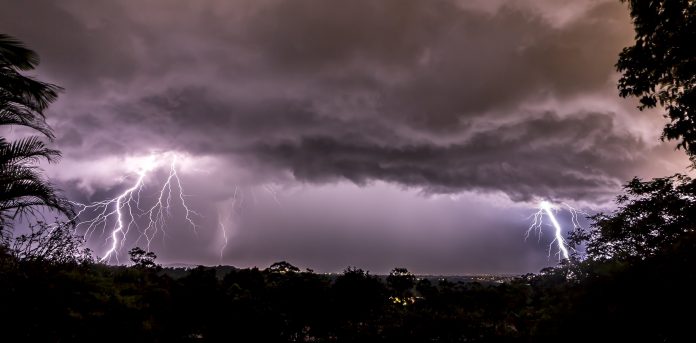Disaster management officials are reminding residents to be well prepared for wild weather, after a significant autumn storm struck the Sunshine Coast.
The region copped a midweek battering of hail, rain and wind, which caused significant damage and major disruptions.
Sunshine Coast Local Disaster Management Chair, Mayor Mark Jamieson, said an emergency kit should be in every household.
“It should contain essential items to ensure your household can cope with being isolated for at least three days,” he said.

“It’s also good practice to identify the safest room in the house to shelter during a storm and a safe place to evacuate to should a storm surge or flood threaten your home.
“Be sure you know how to safely turn off your power, water and gas.
“Throughout the year, you should also make sure your property is well maintained to minimise any damage storms can cause and ensure your insurance is up-to-date.”
Follow Sunshine Coast News on Facebook.
Help keep independent and fair Sunshine Coast news coming by subscribing to our free daily news feed. All it requires is your name and email. See SUBSCRIBE at the top of this article.
Mayor Jamieson said planning for your pet was also vital, and he encouraged pet owners to ensure their registration and tags were current and they had stocks of pet food, water and medicine.
Households and businesses should also check to see if they require a generator.
Business owners and residents can find out more about how to prepare by visiting council’s Disaster Hub website disasterhub.sunshinecoast.qld.gov.au.
Emergency kit essentials
- First aid kit
- Important documents and contacts in hard copy and on a USB
- Torch, radio and batteries
- Essential toiletries and medications
- Non-perishable food items for three days and a can opener
- Water for three days – pack a minimum of 10 litres of drinking water per person
- Phone, charger and battery pack
- Hand sanitiser
- Sturdy gloves to help prevent injury and infection when handling debris
- Tissues and wipes
- Face masks for each household member.
Visit council’s Disaster Hub website disasterhub.sunshinecoast.qld.gov.au to find the latest updates, practical resources and what to do before, during and after a storm or emergency.
Storm advice
When a severe weather warning or storm alert has been issued for the Sunshine Coast region, ensure you gain as much information as possible to help you prepare and protect your household and home:
- Tune in to the local radio and TV station for updates. (ABC 90.3 FM SUNSHINE COAST and 95.3 FM GYMPIE).
- Log on to the Sunshine Coast Council’s Disaster Hub website: disaster.sunshinecoast.qld.gov.au and reliable social media sources managed by council or emergency services.
- Listen out for the Standard Emergency Warning Signal (SEWS) – this is the siren used at the beginning of storm warning announcements on radio and TV, for Emergency Alert messages on your landline and mobile phone, for warning sirens and announcements made by emergency services.
Pre-storm checklist
- Secure outdoor furniture and gardening items.
- Tape glass on exposed windows and secure all doors.
- Park vehicles under cover or protect with secured tarpaulins or blankets.
- Ensure your car has a full tank of fuel.
- Turn off and unplug electrical items and turn off power, water and gas if instructed.
- Ensure mobile phone batteries are fully charged.
- Stay indoors as the storm approaches and ensure pets/farm animals are secured safely under shelter.
- Store your important documents, medical prescriptions and valuables in a waterproof container in a secure location like your car boot.
- Ensure that every household member knows about warnings and advice.
Post-storm checklist
- Check on neighbours and friends who may need special assistance.
- Don’t go exploring.
- Act quickly on advice given by emergency services.
- Stay away from fallen power lines.





